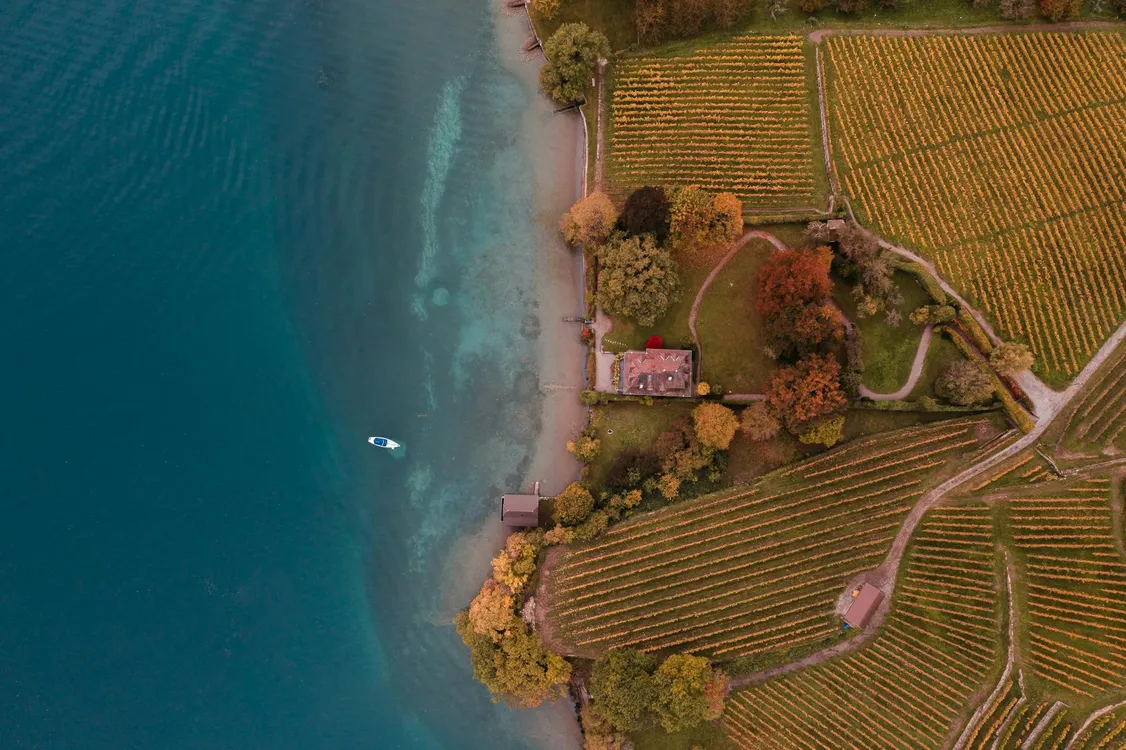The evolution of wine consumer preferences from 2000 to 2024

The evolution of wine consumer preferences from 2000 to 2024
Over the past 25 years, the wine world has seen a significant transformation in consumer preferences. Grape varieties and wine styles that once dominated the market have given way to new trends, while emerging wine regions have gained popularity. In this article, we explore the changes in global wine consumer preferences, providing a detailed analysis based on historical data and future projections.
Global preference analysis from 2000 to 2024
An analysis of wine consumer preferences from 2000 to 2024 reveals some intriguing trends. Traditionally popular grape varieties, such as Cabernet Sauvignon and Merlot, continue to dominate the market, but new varieties are emerging and gaining ground. Pinot Noir, for example, has seen steady growth due to its elegant aromatic profile and increasing demand for lighter wines.
White wines like Chardonnay also maintain a prominent position, but there is growing interest in lesser-known varieties like Viognier and Albariño, which offer unique aromatic profiles and a refreshing palate.
Regional preference comparison
Consumer preferences vary significantly by region. In Europe, full-bodied red wines remain the most favored, with increasing attention to Sangiovese and Tempranillo. In North America, there is a growing interest in natural and organic wines, with Pet Nat (Pétillant Naturel) gaining popularity.
In Asia, where wine consumption is rapidly growing, international varieties such as Cabernet Sauvignon and Chardonnay are highly appreciated, but there is also a rising demand for local and indigenous wines, particularly in China and Japan.
The impact of new trends
New trends like natural, organic, and vegan wines are significantly influencing consumer preferences. More people are seeking wines produced with sustainable methods and reduced environmental impact. This has led to increased demand for less manipulated wines, with minimal additives and more traditional winemaking techniques.
Orange wines and natural sparkling wines are also finding a broader audience, especially among younger consumers who are drawn to their authenticity and uniqueness.
Future projections of consumer preferences
Looking ahead, it is expected that consumer preferences will continue to evolve toward greater diversification and sustainability. New generations of consumers, who are more conscious and informed, will likely continue to drive demand for natural, biodynamic, and low-alcohol wines. The interest in indigenous varieties and wines from emerging regions will also continue to grow, as consumers seek unique and authentic wine experiences.